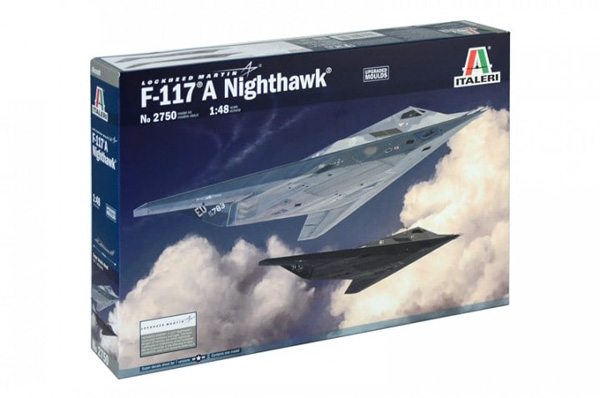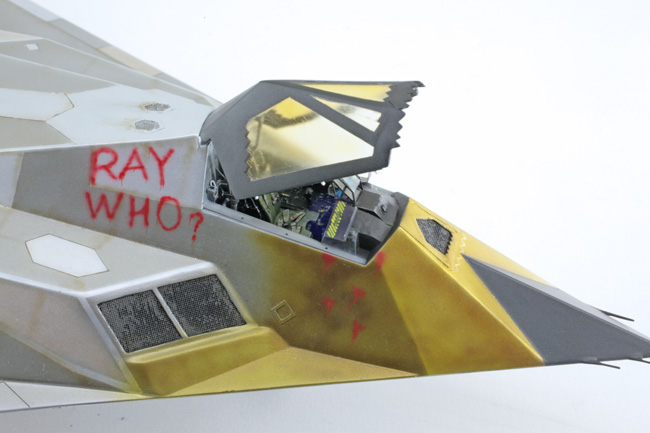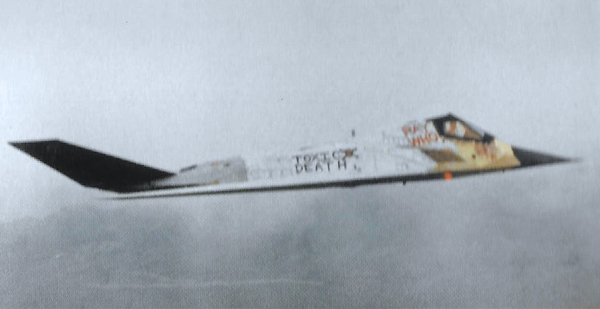
Feature Article by Aurelio Reale
A note from Geoff C…
Just before we get started and into this amazingly creative build from Aurelio, I thought that you’d like to see a couple of photos of how it all turned out…


Over to you Aurelio…

Here’s the story
If a band of pirates were to have stolen an F-117 Nighthawk in an alternate dystopian reality, it probably would have looked exactly like YF-117A #781 does above. It’s not every day you see one of America’s most sensitive and exotic combat aircraft stripped of its paint and stealth coatings and rattle-canned with graffiti, but that’s exactly what happened on June 27th, 1991.
Transferring #781 to a museum was a pretty big deal, as no F-117 had ever been put on public display – not to mention the fact that the aircraft was packed with classified systems and coated with some of America’s most sensitive material. Simply flying it to the museum and pulling out some avionics was not on the cards; the “Black Jet” had to be totally stripped and modified inside and out before being rolled out to the public.
While media blasting was safe for the jet, it was abhorrent for the crews that had to do it. Apparently, the fine particulates got everywhere and into everything – no crevice was too small. It was a nasty, arduous process and precisely where the “Toxic Death” moniker and skull and crossbones emblazoned on both sides of #781 came from… Since the aircraft was going to be repainted before being put on display anyway, the crews had some fun with their blank canvas.
The “Ray Who?” inscription seen painted in red behind the cockpit apparently refers to the name of a gregarious flight test engineer that worked with the Baja Scorpions, the Lockheed-USAF integrated test unit that conducted F-117 developmental flight testing during the jet’s infancy at Area 51.
Once picked clean, #781 had to be built back up to look like any operational F-117. Certain frequency selective panels, the jet’s exhaust tiles, tail fins, and other sensitive body parts had to be pulled and replaced with lookalikes. Finally, the project was capped off with the application of the Nighthawk’s signature flat-black paint.